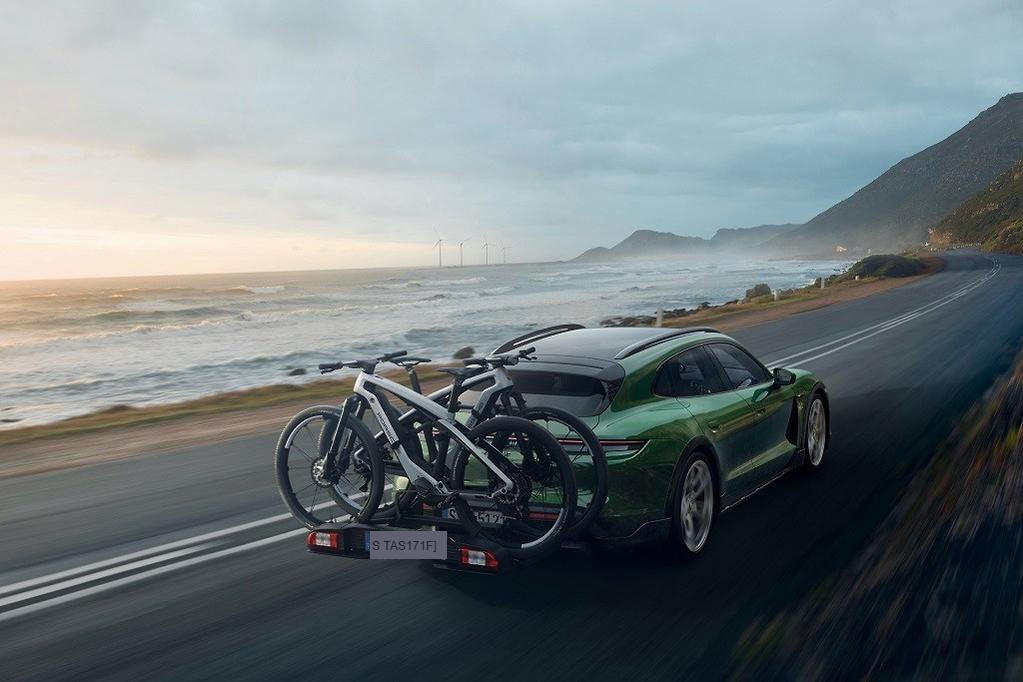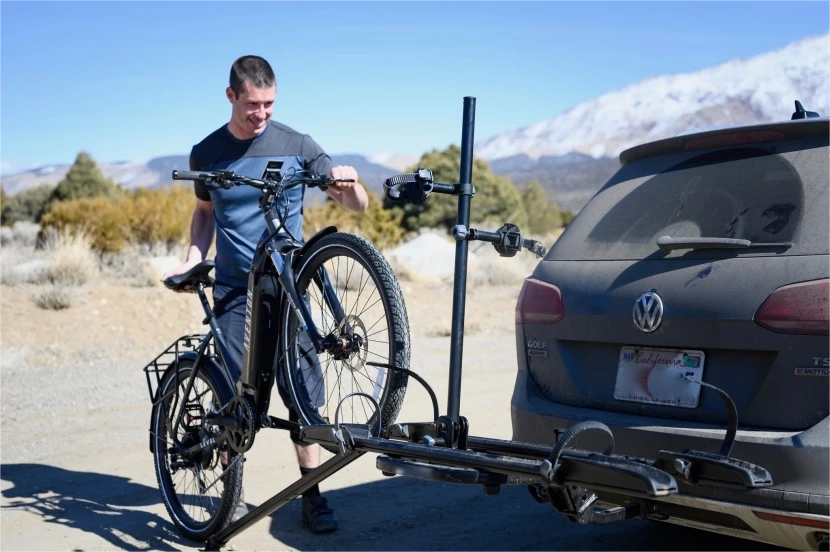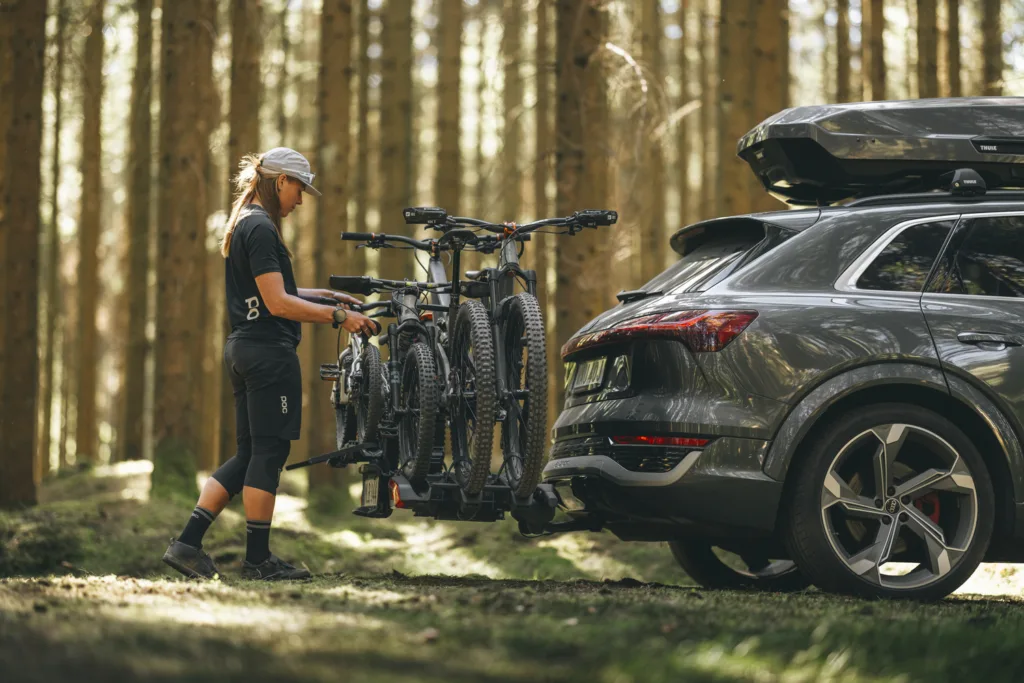Buying a bike rack sounds simple—until you realize you got the wrong one. I’ve been there. The bikes didn’t fit, it shook on the road, and it scratched my car. The frustration was real. But the good news? These problems are totally avoidable.
Many people make the same five mistakes when choosing a bike rack, including ignoring compatibility, overestimating capacity, and forgetting security. Here’s how to avoid them.
If you're serious about protecting your bike, your car, and your wallet, keep reading. Avoiding these rookie mistakes can save you from a whole lot of regret.

Mistake #1: Not Checking Vehicle Compatibility
Ever bought something that looked great online, only to realize it doesn’t even fit your car? That’s what happens when you skip the compatibility check. I once tried mounting a rack on a hatchback with a spoiler—total disaster.
Different bike racks are made for different car types, and not checking compatibility can lead to improper installation or even vehicle damage.
How to Check Compatibility the Right Way
There are three major types of mounts: hitch-mounted, trunk-mounted, and roof-mounted. Each one fits differently depending on your vehicle's make and model. Here’s a quick comparison:
|
Mount Type |
Best For |
Vehicle Requirement |
|---|---|---|
|
Hitch-mounted |
Heavy bikes, e-bikes |
1.25" or 2" hitch receiver |
|
Trunk-mounted |
Budget or casual use |
Solid rear trunk/lip |
|
Roof-mounted |
Extra cargo capacity |
Crossbars or rails installed |
Before buying, check your vehicle’s manual or look under your rear bumper for a hitch receiver. Still not sure? There are free fit guides online from major rack brands. They ask for your car's make, model, and year. I always use one before I buy anything.
Also, think long-term. If you plan on upgrading your car, go for a more universal option like a hitch rack. It’s the most future-proof.
Mistake #2: Buying Based on Price Alone
We all want a good deal. But with bike racks, going cheap can cost more in the long run. My first bargain rack rattled, sagged, and barely lasted a year. Worst part? It scratched my bike frame.
Low-cost bike racks often sacrifice material quality, safety, and durability—leading to more expenses down the road.
What “Value for Money” Really Means
It’s not about buying the most expensive rack. It’s about getting the features you need without compromising on quality. Here’s what to prioritize:
What to Look For Instead:
-
Build Material: Go for steel or high-strength aluminum, not plastic.
-
Padding and Finish: Rubberized arms and anti-sway cradles prevent scratches.
-
Warranty: A solid warranty means the brand stands behind their product.
-
Load Capacity: Don’t max it out—always keep a 10-15% buffer.
Let’s say you ride with your buddy every weekend and haul two mountain bikes. A $200 solid hitch rack with anti-wobble and locking arms? Way better than a $90 trunk rack that might collapse halfway.

Mistake #3: Ignoring the Weight Limit
I made this mistake with an e-bike. The rack said "holds two bikes," so I thought it would be fine. Spoiler: it wasn’t. One snapped strap later, I had a dented rear bumper and a bruised ego.
Bike racks list total weight capacity and individual bike limits. Exceeding them can cause serious accidents or damage.
Doing the Math Before You Load
Here’s how it breaks down:
|
Rack Type |
Typical Max Capacity |
Notes |
|---|---|---|
|
Trunk-mounted |
70–90 lbs total |
Best for 2 standard bikes |
|
Platform hitch |
120–160 lbs total |
Ideal for heavy or e-bikes |
|
Hanging hitch |
100–150 lbs total |
Less stable for odd frames |
Your bike’s weight matters. A typical road bike is 20–25 lbs, while an e-bike can be 50–70 lbs. Always check both the per-bike weight limit and the total rack capacity.
And don’t forget about accessories—bike bags, baskets, or child seats all add weight. It’s better to round up than to push limits.
Mistake #4: Overlooking Ease of Use
If installing your rack takes longer than your actual bike ride, you’ve got a problem. Some racks are like solving a puzzle blindfolded. I once spent 45 minutes figuring out which bolt went where—never again.
An overly complex or heavy bike rack can turn every ride into a chore, especially if you're loading bikes alone.
What Makes a Rack “Easy to Use”
Look for racks with features that make life easier:
Key Features to Look For:
-
Tool-free installation: Some hitch racks slide in and lock without wrenches.
-
Foldable arms: Great for storage and when not in use.
-
Tilt function: Lets you access the trunk without removing the rack.
-
Wheel clamps or trays: Easier than lifting bikes onto hanging arms.
I always recommend platform-style hitch racks for the ease factor. They’re heavier, sure, but loading bikes is much smoother—especially with e-bikes. No heavy lifting. No tangled straps.
Bottom line: If using the rack feels like a workout, you’re doing it wrong.

Mistake #5: Forgetting About Security
You’d think no one would steal a bike in broad daylight. You’d be wrong. I had my bike lifted from a hotel parking lot—even though it was “sort of locked.” Lesson learned.
Many racks don’t come with built-in locks, and even if they do, they’re not always enough.
Locking It Down Right
A secure bike rack does two things: locks your bikes and locks the rack to your vehicle. Here’s how to do both:
|
Security Item |
What It Protects |
Must-Have? |
|---|---|---|
|
Locking hitch pin |
Rack to vehicle |
Yes |
|
Cable or chain lock |
Bikes to rack |
Yes |
|
Integrated locks |
Built-in convenience |
Nice to have |
|
Wheel/frame lock |
Extra security |
Optional |
Don't rely on “visual deterrents” or light-duty cables. Get a heavy-duty U-lock or chain for serious protection. Some platform racks come with integrated cables that retract—super handy.
Also, park smart. Use well-lit areas, and if you’re staying overnight somewhere, bring the bikes into your room if possible. I do it every time now—no regrets.
Conclusion
Choosing the right bike rack isn’t rocket science—but it does take a bit of thought. I’ve learned the hard way that skipping steps can lead to wasted money, damaged gear, and a lot of frustration. But if you check compatibility, consider quality over price, know your bike weights, value ease of use, and secure your ride properly—you’ll be way ahead of the game.
Trust me, your future self (and your bikes) will thank you.



